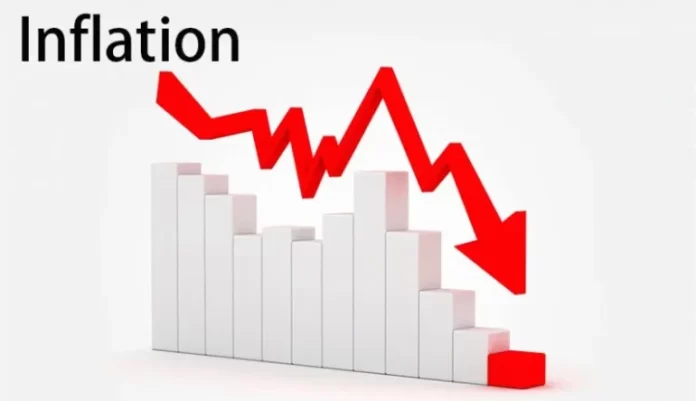Nigeria’s latest inflation report, released by the National Bureau of Statistics (NBS) on Monday, showed that the headline inflation rate dropped by 130 basis points, from 24.48% in January to 23.18% in February.
This suggests that the average cost of living improved further as declining food prices and logistics costs drove the inflation rate down.
Some food items that experienced a decline in average prices include yam tubers, potatoes, soybeans, maize flour, cornmeal, cassava, and dried bambara beans, among others.
The report highlighted a general improvement in living costs, with the month-on-month inflation rate dropping from 10.68% in January to 2.04% in February.
This comparison was made with prices in February against the preceding month of January.
Rebasing the Consumer Price Index
The latest report is the second release following the NBS’s rebasing of the Consumer Price Index (CPI), which realigned its constituents to reflect historical changes in the economy. Prior to this adjustment, inflation stood at 34.80% in December 2024.
Some experts commended the rebasing, observing that changes in consumption patterns and the new methodology make the inflation statistics more reflective of the country’s current economic dynamics.
The report further highlighted that, on a year-on-year basis, the headline inflation rate was 8.52% lower than the 31.70% recorded in February 2024, though this comparison is based on different base years.
Urban and Rural Inflation Trends
A breakdown showed that food and non-alcoholic beverages contributed 0.82% to headline inflation in February, while housing, water, electricity, gas, and other fuels contributed 0.22%.
The NBS revealed that the average CPI for the twelve months ending in February rose by 30.09%—3.91 percentage points higher than the 26.18% recorded during the previous twelve months.
On urban inflation, the year-on-year rate in February stood at 25.15%, 8.51 percentage points lower than the 33.66% recorded in February 2024. The month-on-month urban inflation rate was 2.40% in February.
For rural areas, the inflation rate in February was 19.89% on a year-on-year basis, indicating a significant disparity in inflationary trends between urban and rural regions.
Like 👍, Comment, share this article, and Follow us on our social media handles.







